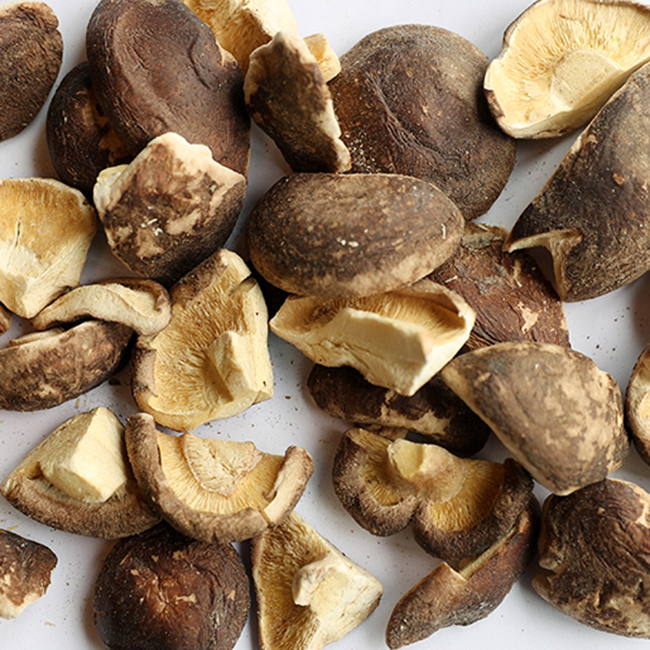Release date: 2013-07-01
It was learned from Peking University Third Hospital that the team led by Liu Zhongjun, the chief physician of the department of orthopedics, has developed dozens of 3D printed spinal implants in the field of spine and joint surgery after four years of hard work, including cervical interbody fusion cages. Cervical artificial vertebral body and artificial hip joint have entered the stage of clinical observation. To date, 45 patients have been implanted with 3D printed bones after receiving informed consent and are regularly followed up. The subjects who participated in the human test were mainly patients with cervical spondylosis and patients with hip joint disease.
According to Liu Zhongjun, 3D printed plants are currently used for spinal surgery, and have not been reported at home and abroad. Compared to traditional technology, 3D printed bones have two major advantages. The first advantage is that it can be shaped according to the shape of the human bone defect. For example, after the bone tumor is removed, it is filled with an inner plant for support and fixation. Traditionally, a titanium mesh is placed in the area where the bone is removed, and then some bones are taken out from other parts of the patient's body, and then fixed with steel plates and steel nails to allow it to grow slowly. Using this method, the implanted bones can be fused with the surrounding bones for a long time, and the metal collapse is prone to problems. Using 3D printing technology, the doctor can directly produce the inner plant of the same shape and volume, fill it into the defect part, and fix it with screws up and down, which is very firm. The second advantage is that these implants have pores that allow the bones to grow in. They are like sponges that attract the surrounding bones, allowing the bones to be firmly integrated into the bones and the bones of the patient. Recover as soon as possible.
Liu Zhongjun said that the 3D printed bones are made of titanium with other orthopedic plants. The research team conducted a large number of animal experiments and verified the mechanical angles of the 3D printed bones and the bone fusion ability. At the end of 2012, with the approval of the State Drug Administration, 3D printed bones entered the clinical observation stage. Each type of product will have a control group and a test group. Each group will be included in more than 20 patients, and the observation time will be 3 months to 6 months. If the progress is smooth, the preliminary findings of clinical observation will be obtained by the end of this year.
Source: Health News
Dehydrated shiitake mushrooms are food made from mushrooms. The technological process is raw material selection → drying → drying → grading packaging → finished product.
Material selection: The dried shiitake mushrooms should be moderately mature, complete, free of disease, insects and injuries. Generally, the mushrooms are harvested when the mushrooms are mature.
Drying: After harvesting, the mushrooms are placed on the drying sieve with the stem facing down, and placed in the sun to dry. The time depends on the moisture content of the raw materials, generally 5-8 hours.
Drying: Drying can be done in a drying room or in a dryer. Temperature control in drying stage.
Grading: The dried shiitake mushrooms should be graded in time. The grading standard can be carried out according to the size, color and integrity. Pick out the green mushrooms and re-dry them. After grading, put it into a plastic bag and seal it in time. The specifications of the plastic bag are determined according to the market demand.

Freeze Dried Button Mushroom,Freeze Dried Mushrooms,Dried Mushrooms,Freeze Dried Button Mushrooms
Topower Technology Limited , https://www.topower-foods.com